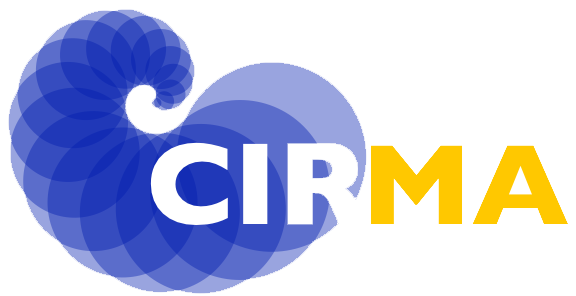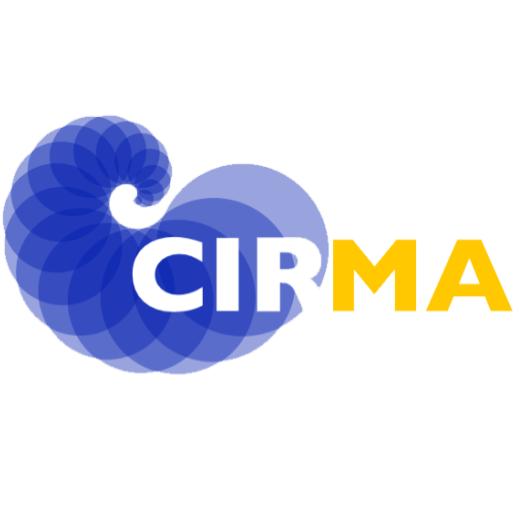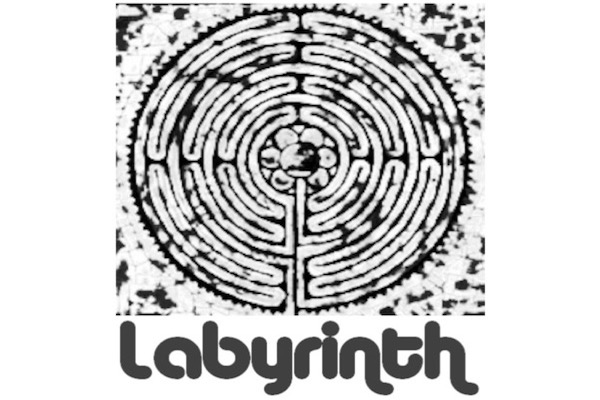Labyrinth
In the field of cultural heritage, encyclopaedic knowledge may not be an effective approach for users’ access to media repositories. When dealing with large and diverse online collections, users need more effective conceptual frameworks to abstract from the complexity of cultural resources. The Labyrinth project aims at testing the conceptual mediation of “cultural archetypes” to the exploration of digital media repositories in the field of cultural heritage. Labyrinth relies on a formal ontology (the Archetype Ontology) to encode the notion of cultural archetype, described by a set of related stories, characters, locations and objects which share some symbolic meaning.This approach is in line with the practice of remediation [Bolter and Grusin, 2000] that characterises the culture of new media, where contents are continuously being adapted from one medium to another (e.g., from text to film or comics), with the goal of meeting the expectations of different audiences and the requirements posed by different devices.The system allows the user to explore a repository of media resources through the conceptual mediation of an “archetype” (e.g., the “labyrinth”, the “hero” or the “journey”). The user can see how the works represented in the repository relate with the various component elements of the archetype, i.e. places, stories, characters, objects, etc., and how they are connected to each other through them. For example, different works may display the same character or the same object, or describe different incidents within of the same story, or depict scenes set in the same location. Thanks to the automated reasoning processes conducted on the ontology, works are grouped by similarity with respect to their narrative features: for example, works representing a given type of characters (e.g., mythological characters), or the class of works representing a certain type of event (e.g., a killing action).



